My Photos vs. “Their” Photos – Real Estate Photography

Return to or visit my Real Estate Photography main section.
Also: Assessing The Quality of a Real Estate Photo
Yes indeed, people do ask me what I do differently than other photographers and services Providing Real Estate Photography. I would say there is a difference between what I try to do, and many other photographers and Real Estate Photography services in my area. There is a growing community of great Real Estate and Architectural photographers, though, that are awesome and inspiring, but they (IMHO) are in the minority.
Many realtors use one of the handful of mainstream services available here for their photos (one rhymes with “Schmirtuance”). These services can put out acceptable and at times nice results, but they often times miss the mark.
Good realtors know that their listings are essentially their storefront, and the first impression.
If you look at a lot of MLS listing photos, many of them don’t do the following:
- Make sure vertical lines are straight, and distortion is at a minimum
- Colors are extremely accurate (so many MLS Photos are tinged with yellow where they should be white, or other colors are way off). White balancing is so important.
- Use lighting. Are far rooms in a photo pitch black? They shouldn’t be. You should be able to see into closets, far (and close) rooms, and see details in wood.
- Clear, crisp window views where it’s important. This takes technique, lighting and compositing to get right. Knowing what settings will work for different situations. Never shoot on auto mode!
- Offer detail shots on nice fixtures, lights or features of the home
What Goes Into A Shot
Here is a quick, on-the-fly video clip of what goes into lighting a shot to bring in crisp window views and plenty of detail.
Lighting A Room from David Besnette on Vimeo.
The Result:
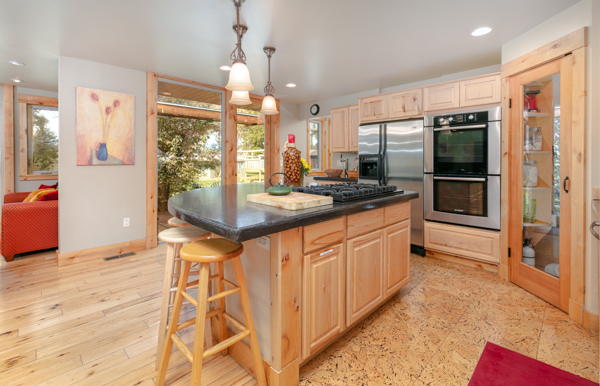
HERE IS THE SAME PHOTO PROCESSED USING TYPICAL HDR USING ABIENT ONLY LIGHT:
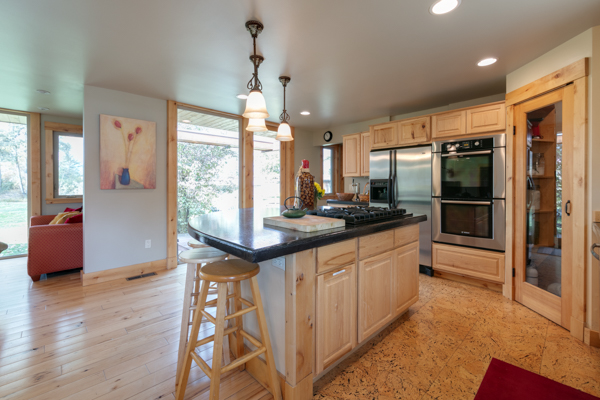
Not so nice huh?
MY PHOTOS:
My goal has always been to produce clean, crisp images. Not the typical ‘grungy’ HDR photos that are typical. I use lights inside to balance out the rooms and to make each space warm and inviting.
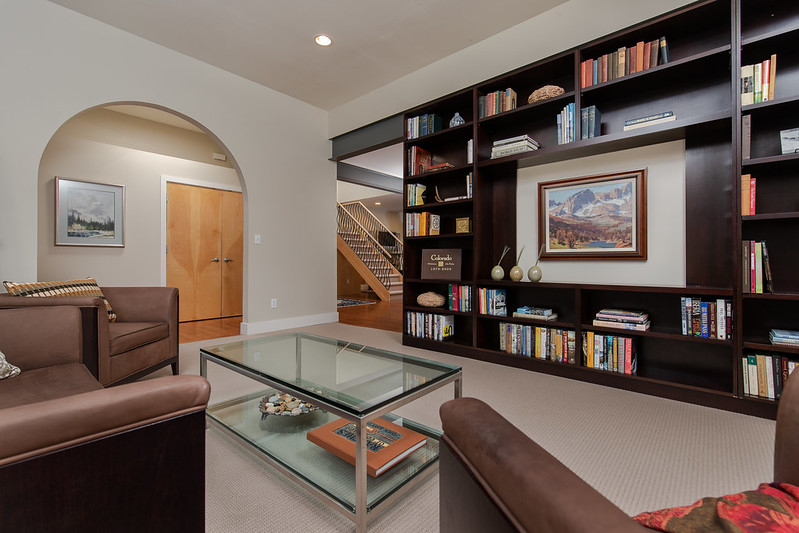
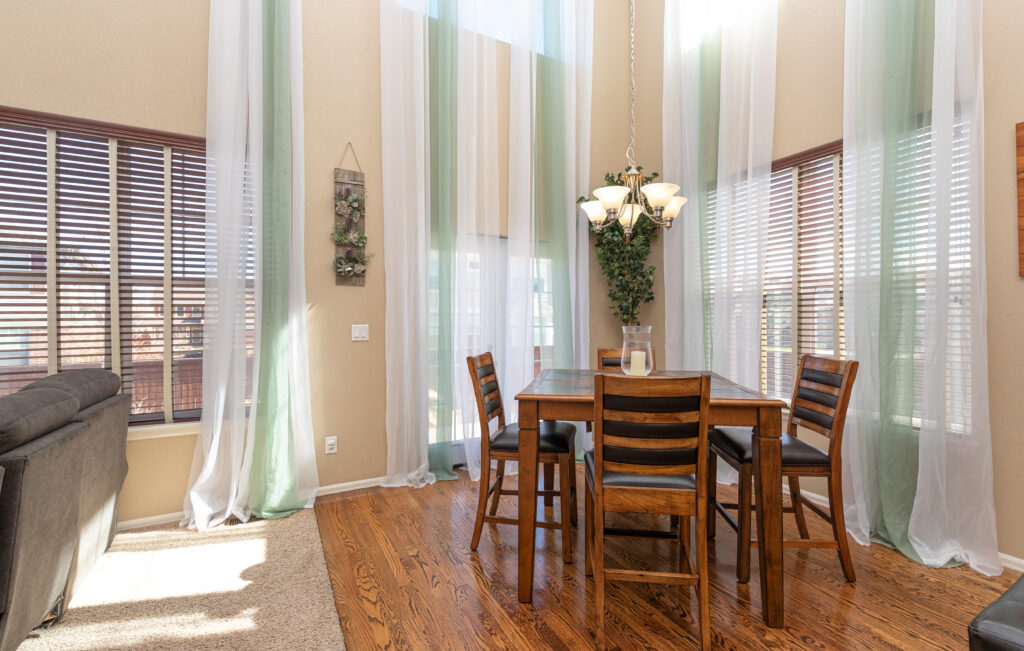
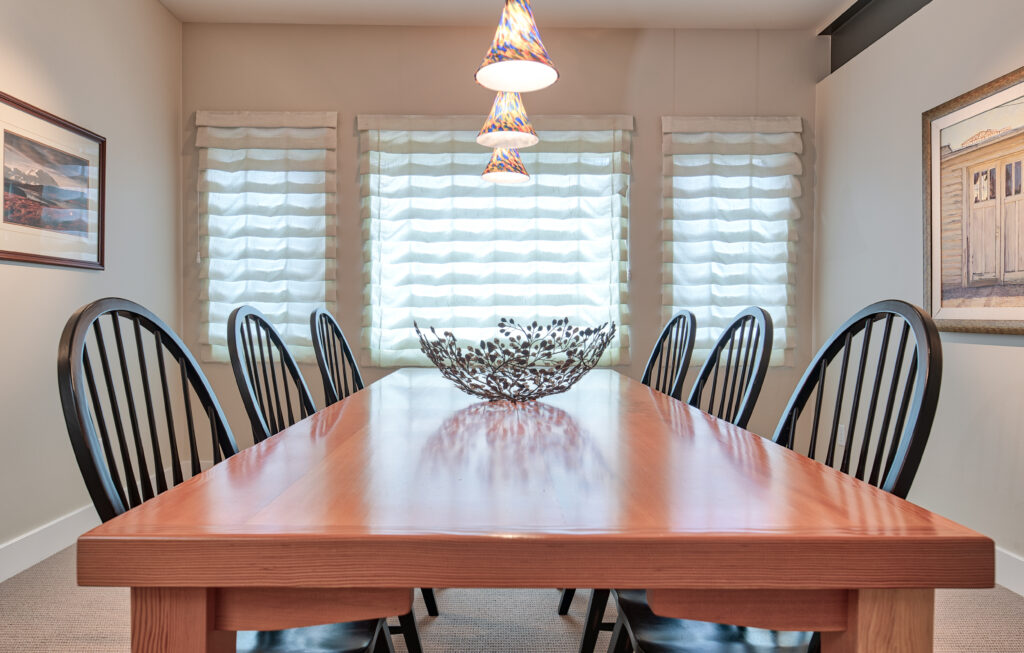
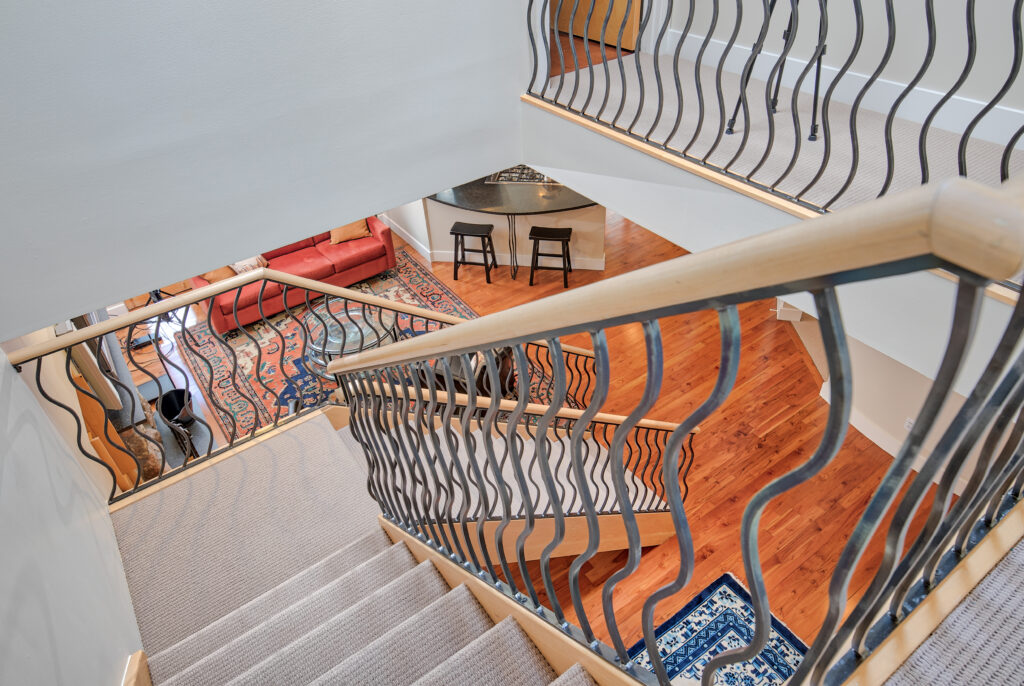
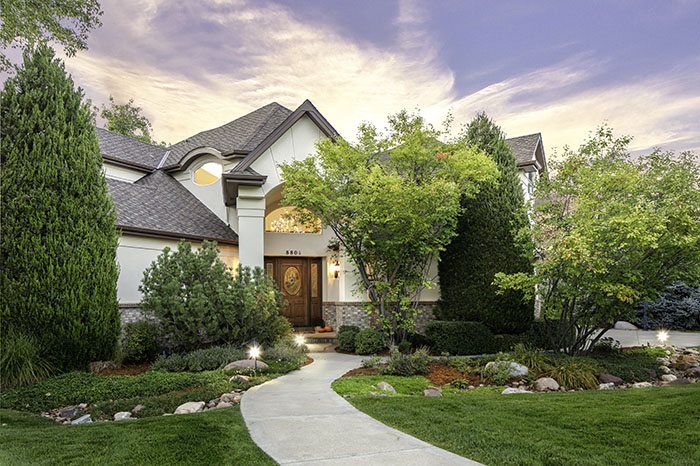
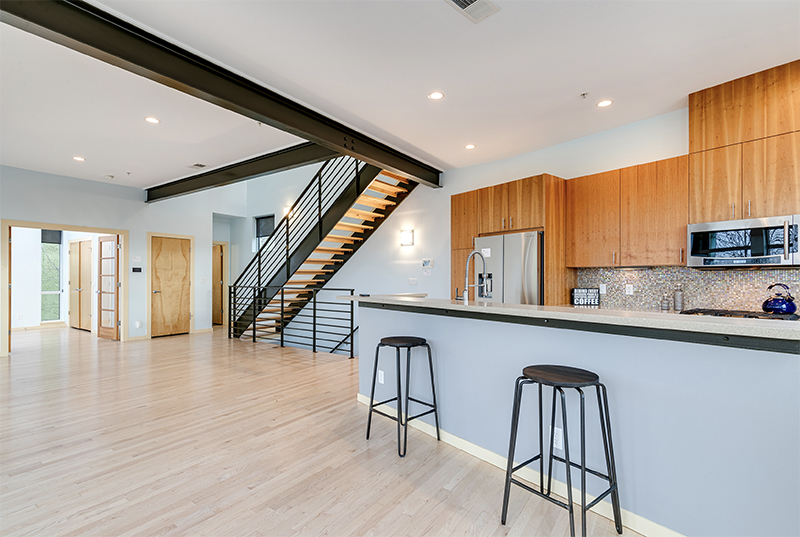
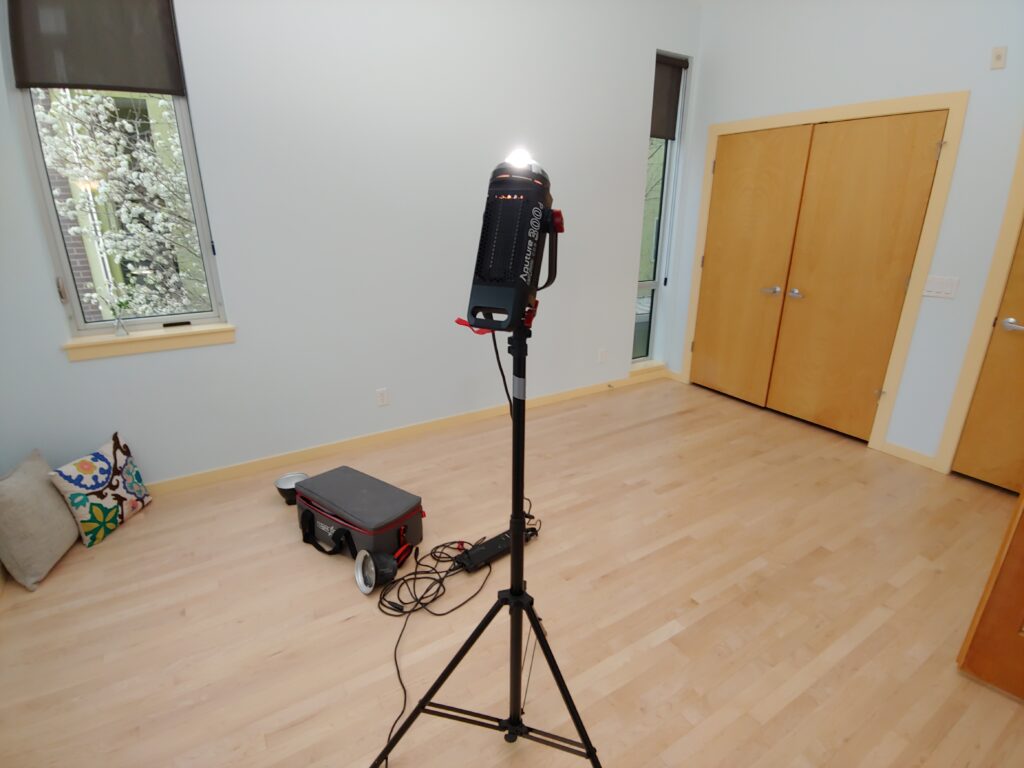
THEIR PHOTOS:
Here’s the disadvantages in using the turn-and-burn type services like “Schmirtuance.”
- They usually don’t use any lighting.
- Their photos are all HDR (HDR was all the rage a few years ago. I’ll explain a little more about what HDR is below)
- Their photographers are “volume” shooters. I know a “Schmirtuance” photographer personally, and he can do 6-8 shoots a day. There is NO WAY you can guarantee quality with that volume.
- Photographers for the mainstream companies are forced to shoot in .jpg, not RAW format (learn more about .jpg vs Raw). This is a little techy, but .jpg images retain far less information and quality than RAW files.
- Often times with the mainstream companies, you will have a different person for each shoot.
Here are a handful of photos that I found online that represent the majority of Real Estate Photos out there – most of which have been done using quick and dirty no-light hdr.
Theirs:


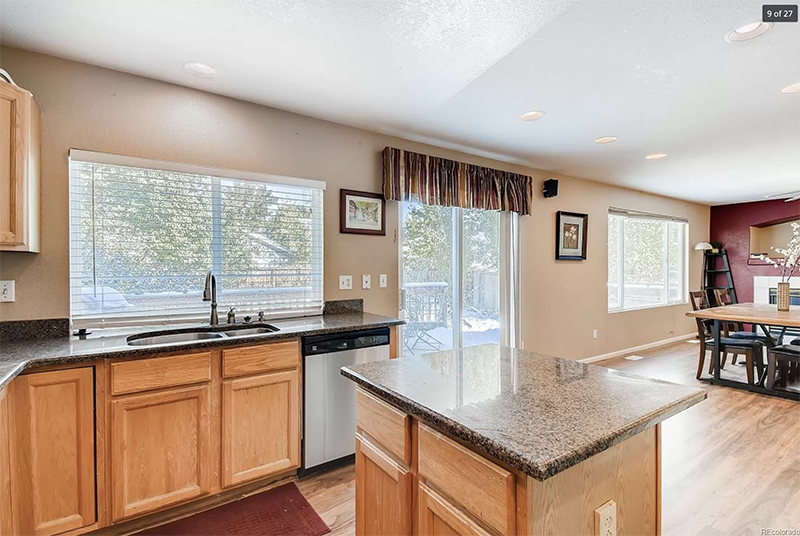
HDR Photos for Real Estate Listings Can Be Problematic
HDR can be useful at times, and can, at times produce nice results. HDR is essentially making your camera take 3-7 or so different shots for each photo – all at different exposures, and then running all of those photos through specialized software to balance out the ‘Dynamic Range” or Shadows, Midtones and Highlights (making a nice Bell Curve on your histogram. However, the software processes the entire image automatically, not allowing for window views, and often times making grungy shadows, and weird color casts and haze. Again, HDR uses all ambient, or available light – no external lighting, which can be problematic in dark rooms, and especially dark rooms with bright windows.
My Videos:
Let’s not forget video. There are “Turn and Burn” video producers out there, and there are those that focus on quality. Here is one of my videos which I think showcases what a quality Real Estate Video should look like:
